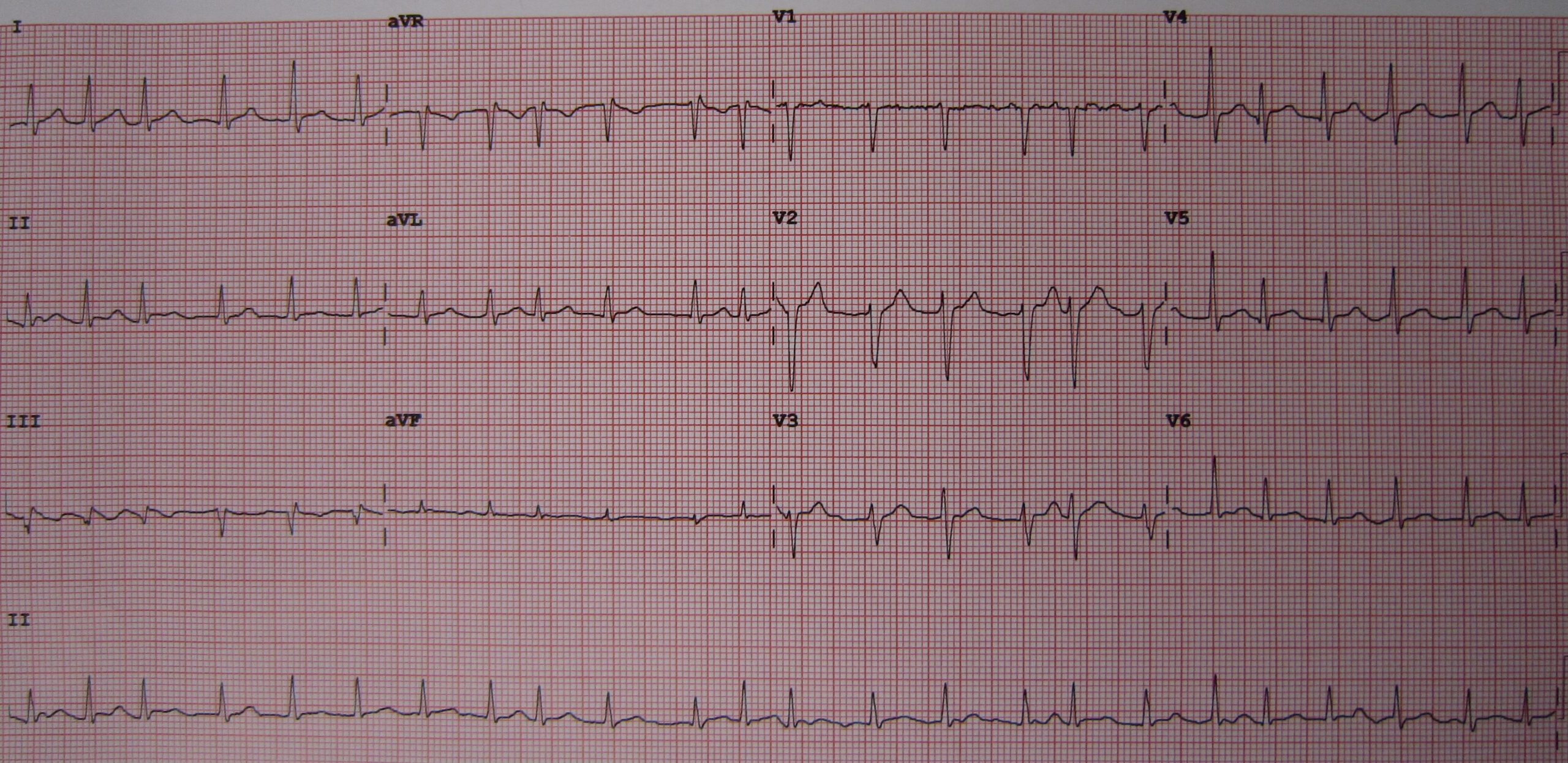Hyperthyroidism Case Study (75 min)

Included In This Lesson
Study Tools For Hyperthyroidism Case Study (75 min)
Outline
Mrs. Black is a 31 year old female who is 2 weeks postpartum. This morning her husband found her difficult to rouse and confused, and called 911. The husband indicates she has been quite anxious since the birth of their first child. He reports she has had nausea and vomiting for two days, as well as watery diarrhea and generalized abdominal pain. She hasn’t been able to breastfeed baby because she’s been too anxious. Husband denies any sick contacts or recent travel.
What other medical history would you want to attempt to gather from the husband?
What initial nursing assessments should be performed?
Upon further questioning, the husband reports Mrs. Black has a history of Hyperlipidemia, Graves Disease, and asthma and takes simvastatin and propylthiouracil daily, plus her rescue inhaler when she needs it. Upon assessment, Mrs. Black is somnolent and only minimally responsive to painful stimuli. She is unable to answer orientation questions and just keeps repeating her husband’s name. The nurse notes redness to her eyes and swelling around her eyelids. Heart rate is rapid and irregular. Lungs have diffuse crackles bilaterally. Vital signs are as follows:
HR 145 bpm
BP 120/76 mmHg
RR 32 bpm
Temp 101°F
SpO2 89% on 4L nasal cannula
What should the nurse’s first action be?
Based on the information you have, what diagnostic laboratory tests would you anticipate the provider ordering?
Mrs. Black becomes more obtunded and her heart rate goes up to 155. The provider orders a 12-lead EKG and proceeds to prepare for intubation for airway protection. The Respiratory Therapist comes to bedside and notes the patient has a swollen thyroid gland. For this reason, the Anesthesia team is called to the bedside to assist in a successful intubation. The provider orders a full lab panel, including CBC, CMP, LFTs, and a Thyroid Panel, plus an Arterial Blood Gas, and consults the ICU team to admit Mrs. Black.
This is the 12-lead EKG:

By James Heilman, MD – Own work, CC BY-SA 3.0, https://commons.wikimedia.org/w/index.php?curid=19126125
Interpret this EKG. What are the implications of this rhythm for the patient?
What
Lab results return on Mrs. Black as she is transferred to the ICU:
Na 144 pH 7.33 TSH 0.1
K 5.0 pCO2 48 WBC 14K
Mg 1.0 HCO3– 24 Hgb 12.5
BUN 11 pO2 190 Hct 38%
Cr 0.7 Lactate 3.2 Plt 450K
What is going on physiologically with Mrs. Black?
What medications do you anticipate the provider ordering for Mrs. Black?
The provider orders a beta blocker and IV fluids for Mrs. Black, as well as an increased dose of propylthiouracil (PTU). She is stable for now, but it may take a few days for her to overcome this thyroid storm/crisis. Her husband asks the nurse what caused this.
What is the best response to the husband to explain what triggered Mrs. Black’s Thyroid Storm/Crisis?
Nursing Case Studies
This nursing case study course is designed to help nursing students build critical thinking. Each case study was written by experienced nurses with first hand knowledge of the “real-world” disease process. To help you increase your nursing clinical judgement (critical thinking), each case study includes answers laid out by Blooms Taxonomy to help you see that you are progressing to clinical analysis.
We encourage you to read the case study and really through the “critical thinking checks” as this is where the real learning occurs. If you get tripped up by a specific question, no worries, just dig into an associated lesson on the topic and reinforce your understanding. In the end, that is what nursing case studies are all about – growing in your clinical judgement.

